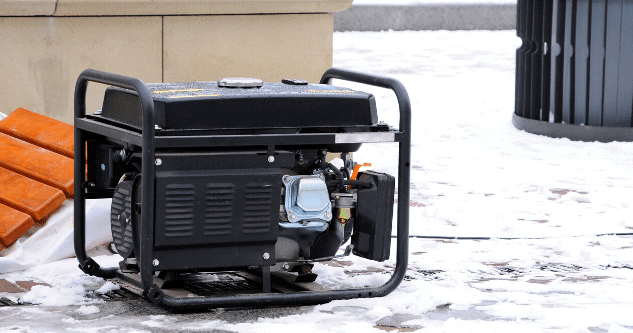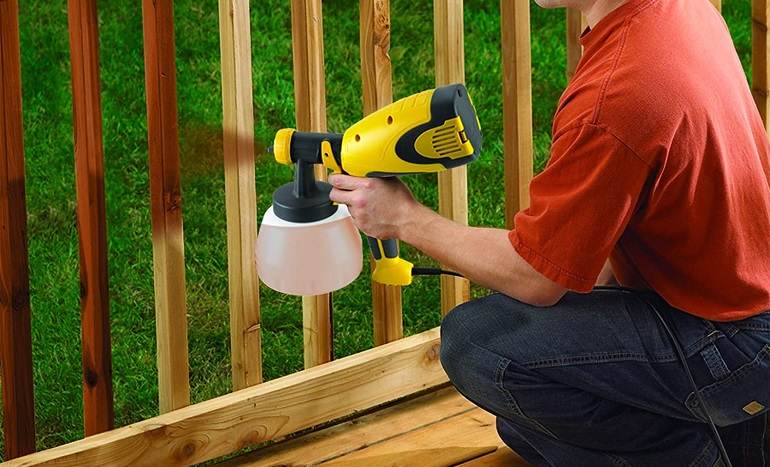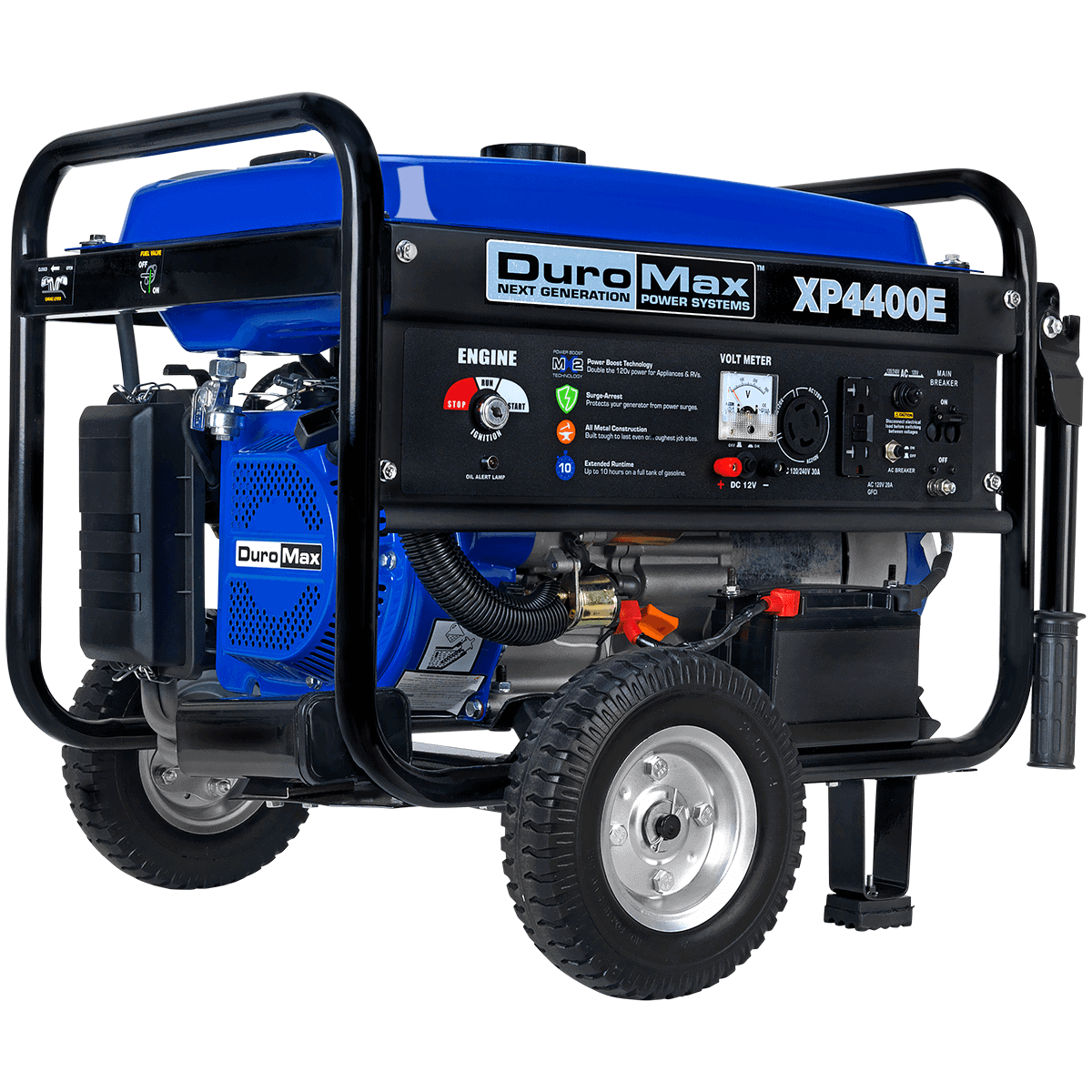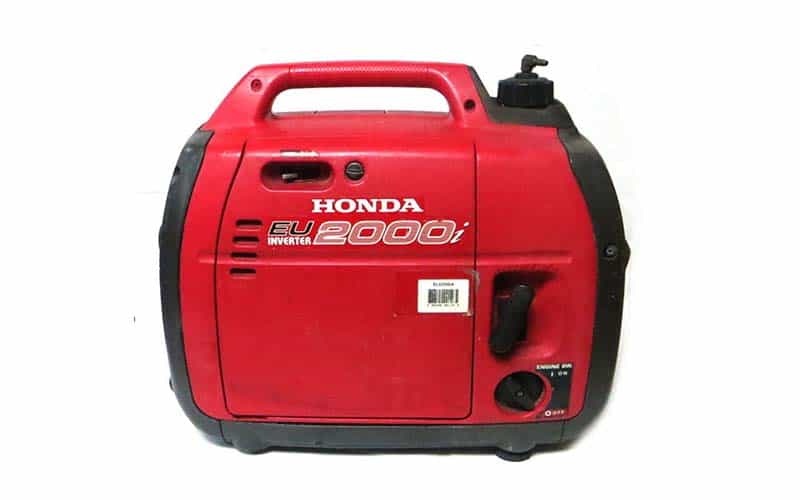The last thing anyone desires is a power backup failing, especially during unexpected power outages. Unfortunately, this is very possible with portable power backups. For instance, your model can misfire, delay starting or not fire at all amid a big storm and this is when you wish you can check for minor repairs or desire generator repair service. Accordingly, learning some tips for portable generators repair and maintenance can help avoid last-minute inconveniences.
Whether your portable generator is for residential, recreational or commercial use, you can borrow a few pointers to keep it ready for use during outages. Subsequently, we have compiled portable generator repair tips to help you solve some portable generator issues before taking it to a generator maintenance shop. Besides the repair services on clogged fuel lines, torn pull cords or filter breaks, you can also ensure you do regular maintenance on your portable generator.
As such, you can only do so much to fix some repairs through inspections, while there are some repairs you won't notice until your generator calls for them. Fortunately, portable generator maintenance and repair issues can be noticed more quickly and easily than those of a permanent home generator. Overall, understanding some basic portable generator repair service tips might save you in the middle of the night. However, when the emergency is over, you will need to undertake comprehensive and wholesome repairs using the standard parts.
Common Portable Generator Repair Issues
In the event you do inspections on your portable generator, ensure you check the connections cables, pull cables, control panels, indicators and fluid levels. Fortunately, you can rely on the sensors of modern portable power backups to know there's trouble. For instance, if the oil indicator reads abnormal, you will be sure to check the oil system, including the oil levels and filter status.
On the other hand, some repairs occur after parts reach a breaking point or reach the end of their utility. Unfortunately, it is the unexpected issues that occur when you are least ready and in dire need of power backup. Notably, some mending issues will require visiting your local small engine shop for parts or generally taking your generator to technicians. Here are some repair issues that may occur unexpectedly:
- Dead batteries
- Clogged fuel line caused by sludge or bad fuel
- Broken engine components
- Pest damage and weathering
- Burnt motors and coils
- Cracking of dry belts
- Other breakdowns that are beyond noticing with the eye
Portable Generators Repair Tips
1. Inspect Your Breakers
At times using backup electricity can appear complicated, but it is simple to use. For instance, your generator might be running well, but you're still not getting electricity. Well, probably the generation of electricity is not the problem.
A simple solution is checking if your generator breakers are on or off. In some cases, you might need to fix your breakers. Consequently, repairing the breakers might save you the cost of speculative repair services, which might be unnecessary. Nonetheless, you can seek the help of technicians to know if your breakers and electric panel are functioning well if your generator seems to be running at par.
2. Replace a Torn Pull Cord
While using the traditional pull cord models, the cords can tear when starting your generator. Luckily, broken pull cords can be repaired using DIY solutions during emergencies. However, as simple as it sounds, you need to ensure you wind the spring optimally. Failure to do so, your new starter cord might be left hanging, leading to failed start attempts.
3. Replace or Clean the Fuel Filter
At times, portable generators repair may be caused by fuel issues. You may notice such issues when your generator fails to start or doesn't run properly. Accordingly, you can proceed to check the fuel filter of the generator. Whenever the filter is clogged with dirt and debris, there will be little or no fuel transmission leading to ineffective running.
To help you check the fuel filter, you can disconnect the fuel line at the point it connects to the carburetor. Follow this up with running your generator while checking if the filter allows fuel to pass. If it's allowing little or no fuel, you can choose to clean or replace it with a new one if you have the opportunity. Throughout this process, ensure you hold over a bucket to catch any leaking or leftover fuel.
Ensure You are Using Clean and Fresh Fuel
At times, old fuel might hamper the performance of the portable generator engine. If the filter seems to be working fine, the inefficient running might be caused by old fuel. Bad or old gasoline might cause clogging of parts in the fuel system like the pump.
We acknowledge some fuel may be left in the engine. In such instances, ensure you can stabilize with fuel additives to minimize gum buildup and fuel breakdown. Some technicians also prefer emptying the fuel tank if you sense rough running. Subsequently, refill it with fresh gasoline if the filter doesn't appear clogged. However, before emptying, wait for the engine to cool.
4. Avoid Running Out of Gas
In case your generator runs without generating electricity, it is probably because you let it run out of gas at some point. Such incidences are common with low-cost models whose magnetic field becomes drained by the power load of your house during abrupt stops. Unfortunately, you don't can't repair this on your own, and you will require to visit a repair shop to reenergize the magnetic coils.
To be on the safe side, always know the fuel levels to avoid such an unnecessary repair cost. As such, you can have some fuel back up in a container for refilling during emergencies. Also, regardless of the portable generator, you are using, start with removing the electrical load before shutting it down.
5. Clean or Replace the Spark Plug
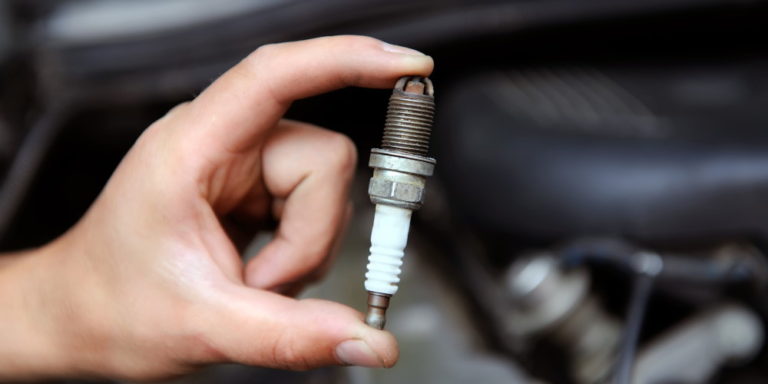
Image Credit: generatorist.com
Another DIY generator repair tip is cleaning or replacing the spark plug. Your fuel system might be functioning properly, but the spark plug is faulty. Ideally, the spark plug is the part that ignites the fuel to run a generator. A sign that your plug is not working well is when your generator misfires, runs rough or fails to start completely.
While checking your spark plug, a black carbon layer is an indicator of too much fuel, while a white plug is an indication of lean running. The first solution in such cases is cleaning the plug and putting it back to see if your generator will run. Cleaning is viable during an emergency when buying isn't an option. After the emergency, you can replace the spark plug as you resolve other fuel and carburettor issues.
6. Clear Out the Gas Vent
Another possibility for fuel not reaching your engine is a clogged vent hole on the gas cap. The gas vent hole or valve allows the flow of fuel (natural gas or liquid propane) from the storage tank to the carburetor. Therefore, you can poke this small hole with a thin wire for a quick fix to get your generator running well again.
7. Clean or Repair the Air Filter
Most importantly, fuel and a spark plug can never fire up an engine without air. In some cases, your generator repair requirements might be about insufficient air delivery. A common sign of poor air delivery is not starting at all. You can service or repair the air delivery system by dusting the air filter during an emergency and, when possible replacing it to allow for proper air delivery.
8. Regular Service and Maintenance
As part of the portable generators repair tips, you can proactively avoid breakdowns through regular service and maintenance. For instance, every fuel and air filter manufacturer indicates the utility life of such products. Therefore, before letting your generator reach its breaking point, ensure such basics of filters and spark plugs are replaced on time for consistent tip-top running.
Such caution and care for your generator will pay you back by saving you the shame and frustration of a failed electricity backup during a power outage. Therefore, regular maintenance is a good way of avoiding common preventable repairs. Ideally, service your equipment once every few months by replacing the engine oil and filters.
Furthermore, you can keep your portable power backup happy by inspecting the power and pull cords and ensuring they are consistently working properly. Also, you can engage the service of a professional once in a while to ensure that your generator is in good working condition. Eventually, proper maintenance and repairs can make your portable backup as effective as the best home generators.
Conclusion
Considerably, very few portable generator owners might find it easy to understand the technical part of such equipment. Nonetheless, basic repairing can be learnt using tips like those provided in this guide. Progressively, continued use of such equipment will create familiarity with warning signs. As such, you will know when your portable generator requires repair or servicing.
Additionally, knowing some portable generators repair tips will help you optimize the convenience of such equipment. For instance, you can easily make temporary repairs during camping to get you through the night. As such, these provisions will give you enough time to seek proper solutions. In closing, only use the makeshift repair tips during emergencies, with the real solutions being using genuine parts.
Image Credit: mygenerator.com.au

